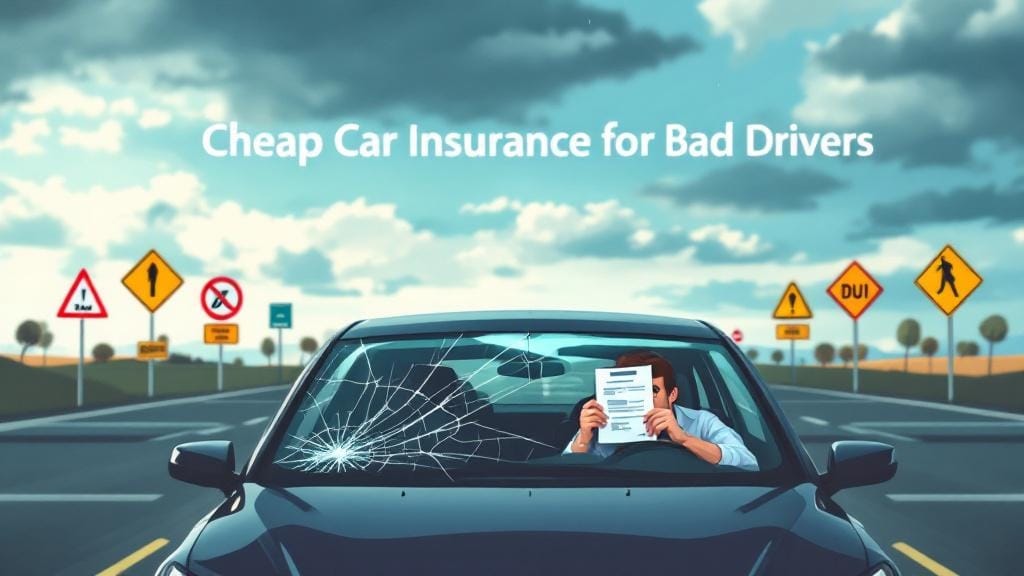Credit card debt can feel like quicksand—easy to fall into, tough to climb out of. The good news? It is possible to reduce credit card debt, regain control, and build toward financial freedom. Whether you’ve got one high-interest card or a stack of balances, the key lies in clear planning, consistent effort, and smart money choices.
This guide will walk you through practical, proven steps to reduce credit card debt—without the fluff or false promises.
🚨 Why You Need to Reduce Credit Card Debt Now
Carrying credit card debt doesn’t just hurt your wallet—it affects your stress levels, credit score, and future financial goals. Here’s why acting now makes sense:
High-Interest Costs: Many credit cards have APRs of 20% or more. That’s money you’re throwing away each month.
Credit Score Impact: High balances increase your credit utilization ratio, which can drag your credit score down.
Lost Opportunities: Money spent on interest could be saved, invested, or used to build your emergency fund.
✅ Step-by-Step Guide to Reduce Credit Card Debt
1. Face the Numbers Honestly
Start by gathering all your credit card statements and listing:
Current balance
Minimum monthly payment
Interest rate (APR)
Use a spreadsheet or a budgeting app. This gives you the full picture, helping you choose the best credit card debt reduction strategy.
2. Create a Budget That Works for You
Your budget is your battle plan.
Use these budgeting tips to free up money:
Track all expenses for one month
Cut back on non-essentials (subscriptions, takeout, etc.)
Set spending limits by category
Allocate extra cash toward debt repayment
Even ₹2,000–₹5,000 extra each month can fast-track your debt payoff.
3. Pick a Repayment Strategy That Fits
🧊 Debt Snowball Method
Pay off the smallest balance first, while making minimum payments on others.
Builds momentum and motivation.
Great for emotional wins and staying committed.
🔥 Debt Avalanche Method
Pay off the highest interest rate first.
Saves the most money over time.
Ideal if you’re analytical and want to reduce interest costs fast.
Real-Life Example:
Anita had 3 credit cards: ₹15,000 at 26%, ₹30,000 at 22%, and ₹5,000 at 19%. Using the avalanche method, she tackled the 26% one first, saving over ₹7,000 in interest within a year.
4. Reduce Interest on Credit Cards
High interest slows down your progress. Here’s how to lower it:
Call and negotiate a lower APR (especially if you have a good payment history)
Transfer balances to a 0% APR credit card
Use a debt consolidation loan to combine debts into one lower-interest payment
These tactics can reduce your interest burden and help you pay off credit card debt faster.
5. Stop Adding New Debt
It’s like trying to fill a leaky bucket. While paying off existing debt:
Avoid using your credit cards unless it’s a real emergency
Consider temporarily freezing cards (mentally or literally in your freezer)
Switch to cash or debit for day-to-day spending
This builds discipline and protects your progress.
6. Explore Credit Card Repayment Plans
If you’re struggling with minimum payments:
Contact your card issuer: They might offer a structured repayment plan
Credit counseling services: Nonprofits can help you design a credit card repayment plan
Debt management plans (DMPs): Consolidate multiple payments into one with lower interest
These are legit ways to manage credit card payments without damaging your credit score.
🔄 Credit Card Debt Consolidation: Is It Right for You?
Debt consolidation combines your balances into one manageable loan or card. It’s especially helpful if:
You’re juggling 3+ cards
Your current APRs are over 18%
You qualify for a debt consolidation loan or 0% APR transfer card
Caution: It’s not a magic fix. You must avoid adding new debt, or you’ll end up worse off.
⚡ Tips to Reduce Credit Card Debt Fast
Make bi-weekly payments instead of monthly
Use your tax refund or bonus to knock down balances
Sell unused items (tech, clothes, furniture) for extra funds
Take up a side hustle: Freelancing, delivery gigs, or weekend tutoring
Automate payments so you never miss a due date
Small steps = big results over time.
📈 Long-Term Credit Card Debt Reduction Strategies
Eliminating debt isn’t just about payoff—it’s about staying debt-free.
Build an Emergency Fund
Avoid falling back on cards by saving 3–6 months’ expenses. Even ₹1,000/month adds up.
Improve Your Credit Utilization
Keep your usage under 30% of your credit limit. This boosts your credit score and qualifies you for better rates.
Focus on Personal Finance Management
Learn money skills through:
Podcasts like The Minimalists or The Budget Mom
YouTube channels on financial literacy
Books like I Will Teach You To Be Rich by Ramit Sethi
Financial freedom is a journey—start small but stay consistent.
🙋♀️ FAQs About How to Reduce Credit Card Debt
1. What is the fastest way to pay off credit card debt?
Using the debt avalanche method (highest interest first) while increasing monthly payments is usually the fastest and most cost-effective route.
2. Can I eliminate credit card debt without hurting my credit score?
Yes. Through structured repayment, budgeting, and credit counseling, you can eliminate debt and even improve your credit over time.
3. Is debt consolidation a good idea for credit card debt?
If you have good credit and high-interest balances, consolidating credit card debt into a single lower-interest loan can make repayment easier and cheaper.
4. How do I manage credit card payments on a tight budget?
Start with a simple budget, cut non-essentials, use the debt snowball, and seek nonprofit credit counseling for personalized help.
5. Should I close a credit card after paying it off?
Not always. Keeping old cards open helps maintain a longer credit history and lowers your credit utilization—both are good for your score.
6. What’s a good credit card repayment plan?
A plan that includes budgeting, prioritizing high-interest balances, making more than the minimum, and reviewing progress monthly is effective for most.
7. How can I avoid getting into high-interest debt again?
Set financial goals, build an emergency fund, monitor spending, and use credit mindfully. Education and routine are your best defense.
🎯 Final Thoughts: You Can Reduce Credit Card Debt—One Step at a Time
The journey to eliminate credit card debt isn’t always quick—but it’s always worth it. With the right mindset, actionable strategies, and smart habits, you’ll move from drowning in debt to building wealth.
Remember, progress matters more than perfection. Every payment, every saved rupee, every smart choice adds up. So start today—reduce credit card debt, take back control, and say hello to financial freedom.








Comments (0)